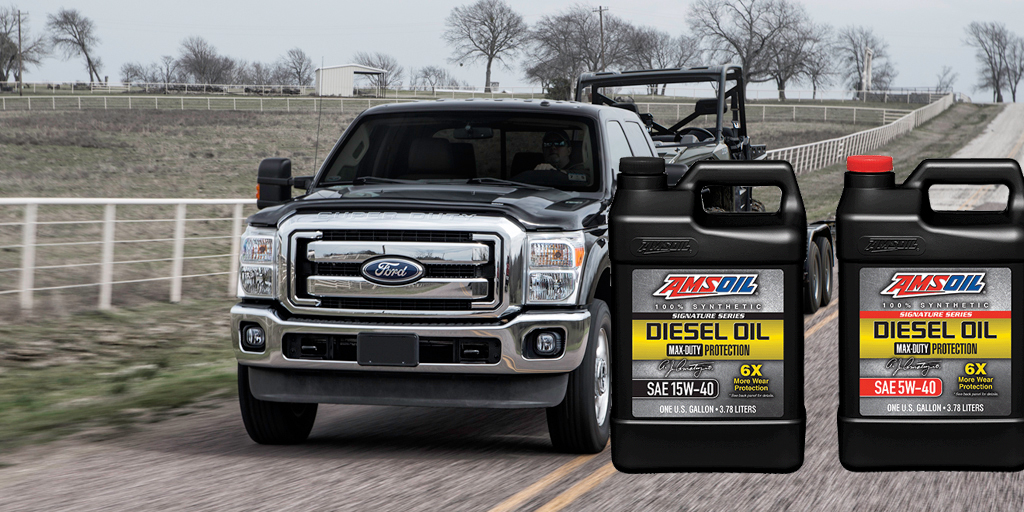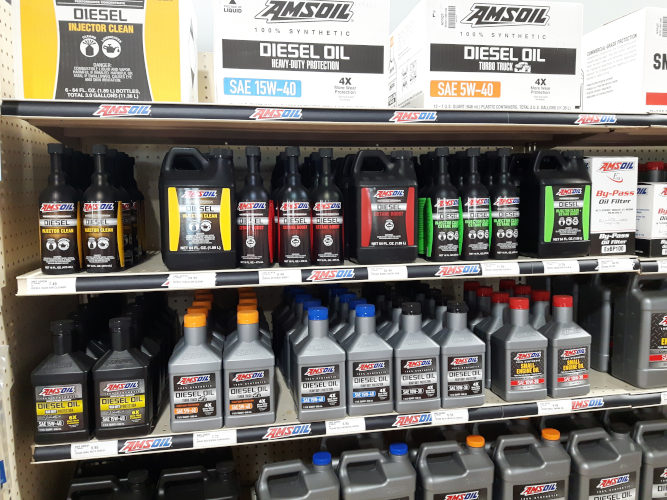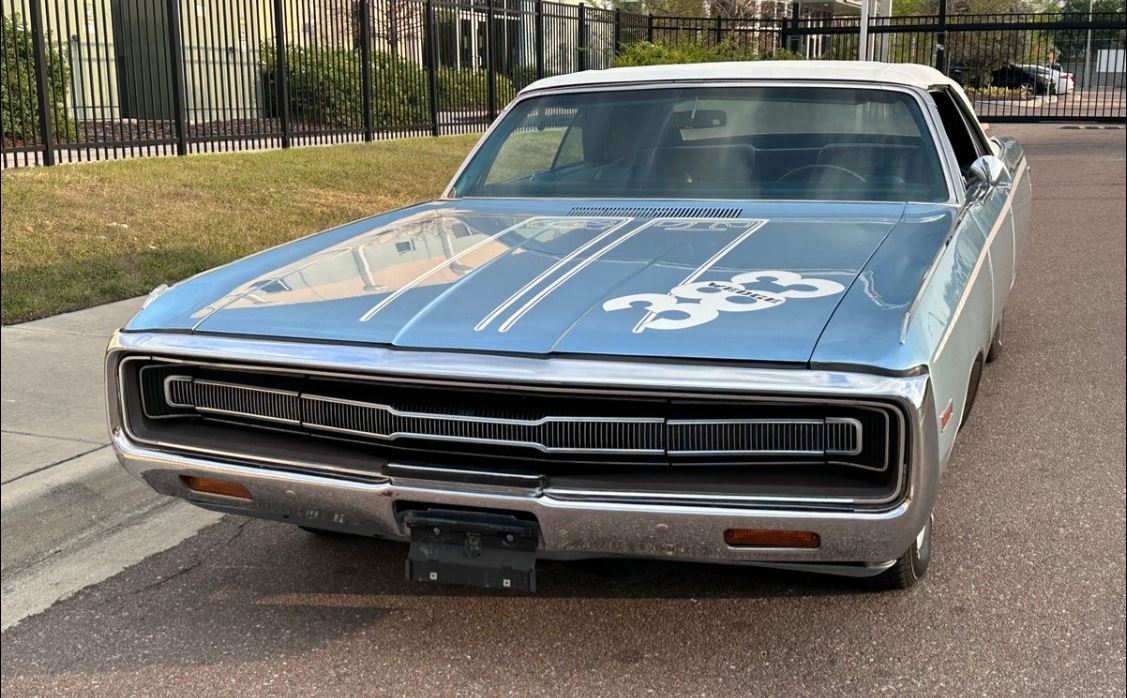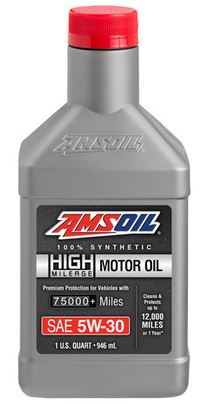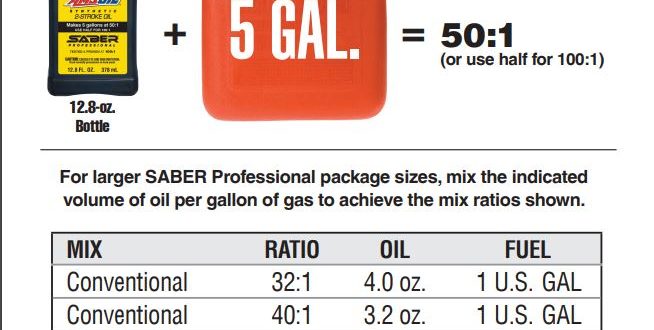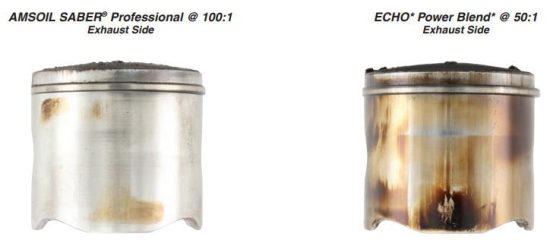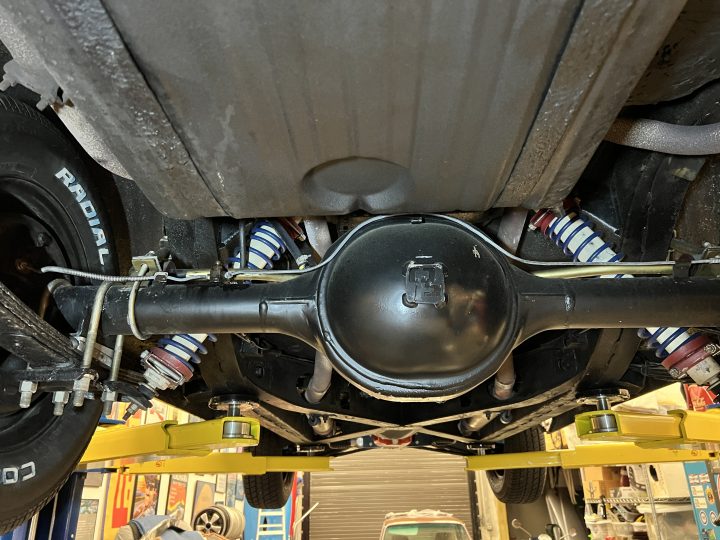Our pre-mix product and chart make AMSOIL the Easy Choice- and you save money/time Andy Arendt|Jun 04, 2018 2:07 PM Depending on two-stroke equipment age, brand and owner preferences, keeping track of two-stroke oil mix ratios can be complicated. Professional lawn and landscape companies in particular face challenges when it comes to ensuring employees are […]
New AMSOIL Customers – Get a Free Catalo
We’ll Mail out a Free Catalog for our AMSOIL Customers The best way to discover all the products for your solutions is via a catalog. This gives our customers a broader sense of what is available than glancing at the shelves here or at Stan Houston’s. Recently updated here are all the products available into […]
Do Coolant Additives Work?
Do Coolant Additives Work? And if so how and why? John Baker|Feb 05, 2025 10:39 AM Store shelves contain several coolant additives that promise to reduce engine heat, control overheating and fight corrosion. Now available at Stan Houston’s on W. 12th ST! Do coolant additives work? And, if so, are they necessary? It’s tough to top good […]
Why are There Different Two-Stroke Oil M...
Why are There Different Two-Stroke Oil Mix Ratios for Chainsaw Oil John Baker|Jun 20, 2017 8:36 AM Swamp mix. That’s what you call a concoction of two-stroke oil and gas that’s been slopped together with no measuring tools and no regard for engine protection. Your chainsaw or string trimmer could be running on a 50:1 […]

